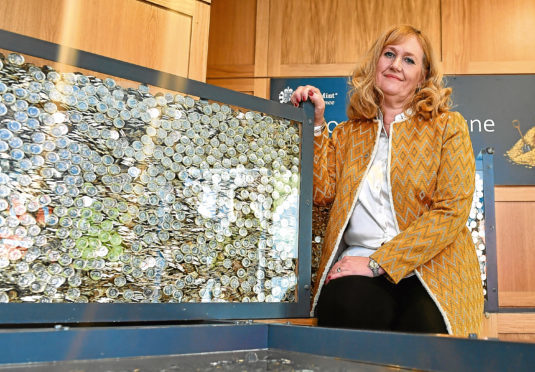The Royal Mint has appointed its first woman boss in its 1,100 year history.
Anne Jessopp was yesterday named as the organisation’s new chief executive and deputy master.
She will spearhead work to provide Britain with “cutting-edge secure currency” and develop the commemorative coin and bullion arm of the business.
Ms Jessopp said: “The Royal Mint has an impressive history of over 1,100 years and its longevity is due to its ability to adapt as society changes.
“This was never truer than today, as we reinterpret the Royal Mint for the 21st century, building on the values that have been at the heart of the organisation throughout our history – authenticity, security, precious metals, craftsmanship and design.”
Her first ceremonial role will be to lead the annual Trial of the Pyx, which was first held in 1282 to test the integrity of the nation’s coins, ensuring they are the proper weight and size, and contain the right amount of precious metals.
The Royal Mint said: “History books reveal that if the coins fail the test, the chancellor of the exchequer, who is the ceremonial master of the Mint, risks losing a hand as punishment.
“In the trial’s long history, 94 Minters have had their right hands cut off by order of the king, however, this has not happened for hundreds of years.”
